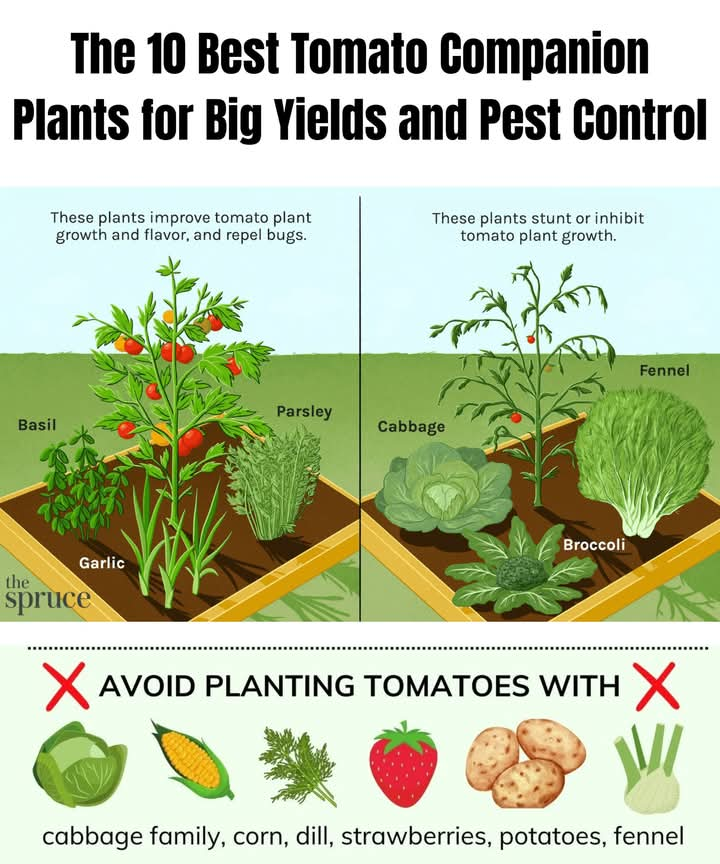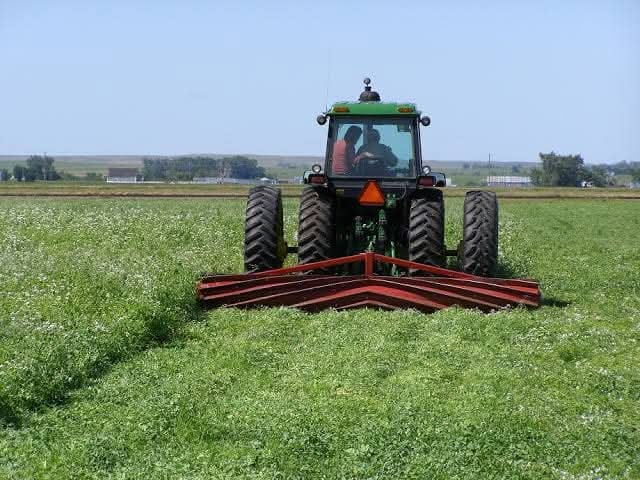Farm weed control in Nigeria
Farm weed control is essential for maintaining crop productivity, ensuring healthy plant growth, and preventing invasive weeds from overtaking valuable farmland. Weeds compete with crops for nutrients, water, light, and space, often resulting in lower yields and reduced quality of produce. There are several effective methods for weed control, each with its own advantages depending on the crop type, climate, soil conditions, and resources available.
1. Manual Weed Control
This method involves physically removing weeds by hand or with tools such as hoes. Manual control is labor-intensive and best suited for smaller farms or for areas where herbicides aren’t desirable or possible.
Advantages: Precise control, environmentally friendly.
Disadvantages: Time-consuming, labor-intensive.
2. Mechanical Weed Control
Mechanical control uses machinery like cultivators, plows, and harrows to uproot or bury weeds. This approach is common in larger farms and can be timed to occur after planting but before the crops emerge.
Advantages: Effective for larger areas and reduces soil compaction.
Disadvantages: Can disturb soil structure and lead to erosion.
3. Chemical Weed Control
Chemical weed control uses herbicides to kill or inhibit weeds. There are selective herbicides that target specific types of weeds and non-selective ones that affect all vegetation. Herbicides can be applied pre-emergence (before the crop and weeds emerge) or post-emergence (after crop establishment).
Advantages: Efficient for large-scale weed control and cost-effective.
Disadvantages: Risks of resistance buildup, soil contamination, and harm to non-target plants and animals.
4. Cultural Weed Control
Cultural practices involve crop management techniques to minimize weed growth. Examples include crop rotation, planting cover crops, adjusting planting density, and ensuring early crop establishment.
Advantages: Enhances soil health, sustainable over the long term.
Disadvantages: May be slower to show results compared to other methods.
5. Biological Weed Control
This approach uses living organisms, such as insects, animals, or pathogens, to control weed populations. For instance, grazing animals like sheep and goats can be used to consume certain types of weeds, or specific insects may be introduced to target a particular weed species.
Advantages: Environmentally friendly, sustainable.
Disadvantages: May require extensive management and monitoring.
6. Integrated Weed Management (IWM)
IWM combines multiple weed control methods to optimize weed suppression and minimize the downsides of any single method. For example, a farmer might use cultural methods along with limited herbicide use and mechanical control to tackle a diverse weed problem.
Advantages: Holistic, adaptable, reduces reliance on herbicides.
Disadvantages: Requires planning and knowledge of multiple control strategies.
Each of these methods can be customized based on the farm’s specific needs. An integrated approach often provides the best balance between effectiveness, environmental sustainability, and economic feasibility.




